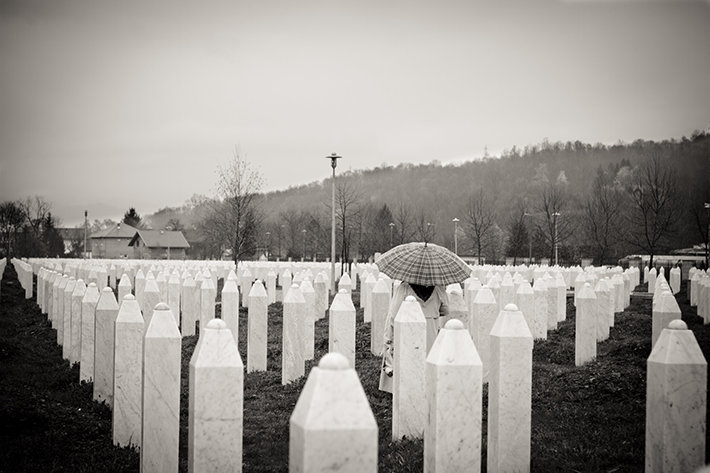Fr. Ezio Marcelli, a Redemptorist priest at Church of San Gioacchino in Prati, Rome, still remembers the emotional impact of discovering a secret refuge in a walled-off section of his church in 1984.

It was 40 years after the end of World War II when the priest, now 90, discovered the existence of an attic where the church hid Jews and anti-Fascists for seven months of the Nazi occupation of Rome.
When it became too dangerous for the church to shelter fugitives in the theater adjoining the church, an engineer named Pietro Lestini discovered a way to protect them in a church attic at the top of a steep spiral staircase.
The door to the hiding place was removed and bricked over to reduce any suspicion that someone could be living there. The only way in and out of the attic was through a circular stained-glass rose window where food and fugitives were passed by a pulley system.
In an article and video on Aleteia, a website that offers a Christian vision of the world, Fr. Marcelli takes viewers up the winding staircase to the attic refuge, showing how arduous it must have been for those sheltered inside.
They couldn’t move or speak by day as their voices and noise would betray their presence. “Our sunset was their sunrise,” says the priest.
Among the refugees, Jews and dissidents, was an artist, Professor Luigi de Simoni, thought to be the one who created caricature portraits of some of the fugitives and huge wall drawings of Christ and a Madonna and child.
The secret hiding place miraculously remained silent and hidden during the occupation. And strangely, it avoided discovery for another 40 years until the priest, hearing tales of its existence, finally discovered the hiding place.
“The meaning of what happened here, of people being persecuted, hunted down to be sentenced to death, still has a real significance today,” says the priest. “We must always be vigilant and careful so that no one can ever do such evil actions.”
Yad Vashem, World Holocaust Remembrance Center based in Jerusalem, honored those responsible for sheltering these and other fugitives from the Nazis, inscribing their names among the “Righteous Among the Nations”— non-Jews who took great risks to save Jews during the Holocaust.
Those honored were church priest Father Antonio Dressino, engineer Pietro Lestini, who contrived how to keep the fugitives safe, his daughter Giuliana who served as a messenger between the refugees and their families, and Sister Margaret Bernes of the Institute of the Daughters of Charity who provided the food throughout their confinement.
_______________
From its beginnings, the Church of Scientology has recognized that freedom of religion is a fundamental human right. In a world where conflicts are often traceable to intolerance of others’ religious beliefs and practices, the Church has, for more than 50 years, made the preservation of religious liberty an overriding concern.
The Church publishes this blog to help create a better understanding of the freedom of religion and belief and provide news on religious freedom and issues affecting this freedom around the world.
The Founder of the Scientology religion is L. Ron Hubbard and Mr. David Miscavige is the religion’s ecclesiastical leader.
For more information visit the Scientology website or Scientology Network.


